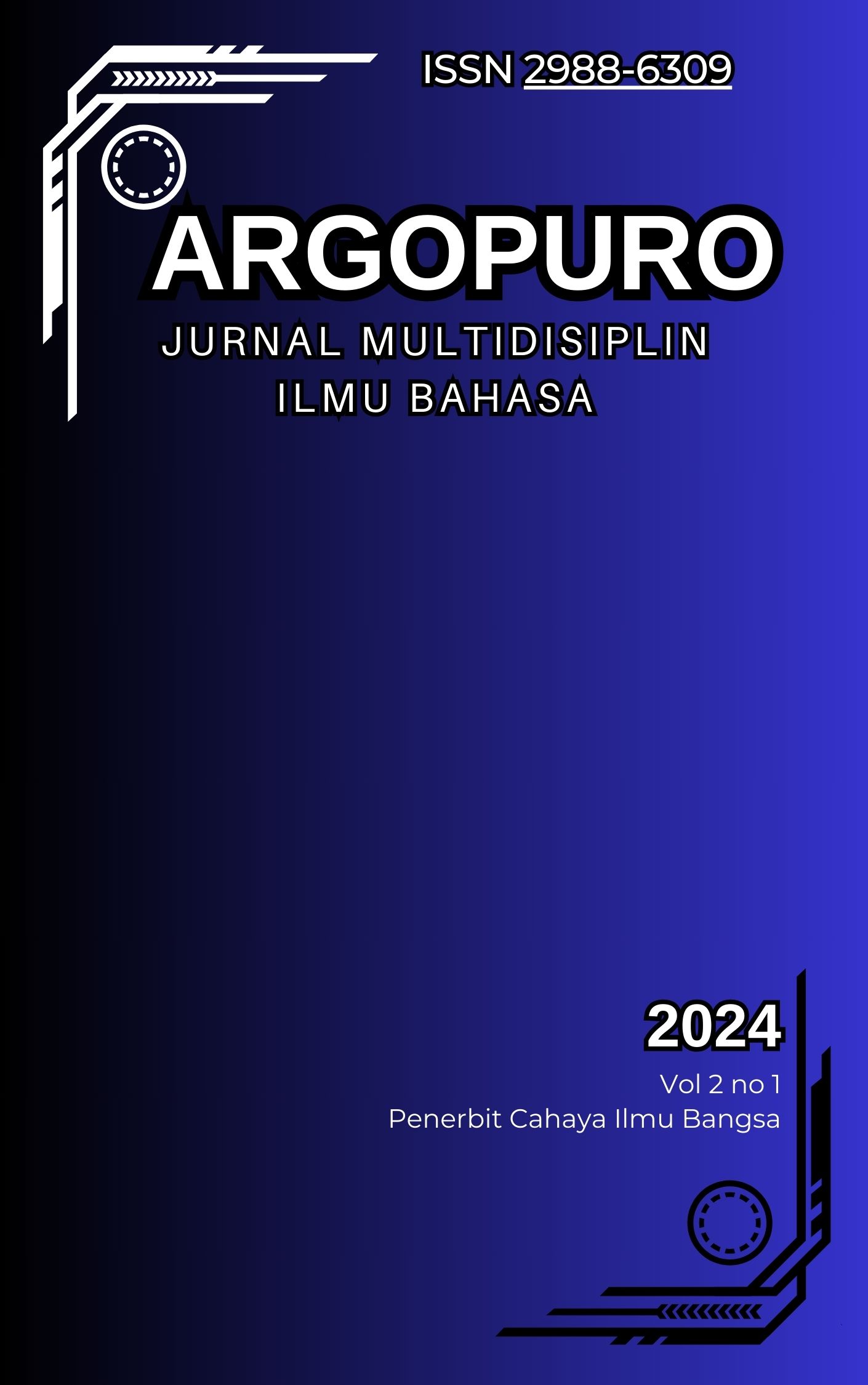SHARAF DALAM PERSPEKTIF LINGUISTIK ARAB: KAJIAN TENTANG STRUKTUR DAN FUNGSI
Main Article Content
Abstract
This study aims to examine in depth the morphological and semantic aspects of ism taṣghīr (diminutive noun forms) within the framework of Arabic linguistics. Focusing on structural patterns and functional roles of diminutives, the research explores how Arabic morphology (ṣarf) systematically constructs meaning through word formation. Using a descriptive qualitative method, this study analyzes lexical data sourced from the Al-Munawwir Arabic-Indonesian Dictionary, particularly words that can be reduced into diminutive forms based on tri-consonantal (tsulāthī) and quadri-consonantal (rubā‘ī) roots. Analytical techniques include Immediate Constituent Analysis and contrastive method to compare root forms with their derived diminutives. Findings show that ism taṣghīr in Arabic serves a variety of semantic functions beyond literal smallness. These include expressing affection, familiarity, ridicule, humility, poetic nuance, classification, and personal naming. The formation follows regular morphological patterns such as fuʿayl and fuʿayʿil, adjusted through phonological processes like vowel harmonization and consonant restoration. Furthermore, ism taṣghīr functions grammatically in the same capacity as its base noun, appearing as subject, object, or predicate in sentence structure. The study concludes that Arabic diminutives are not merely grammatical constructs, but tools of cultural and emotional expression. The morphological discipline embedded in ṣarf reveals Arabic as a language rich in structure, nuance, and communicative depth. This research contributes significantly to the understanding of Arabic word formation and opens further perspectives for teaching, translation, and linguistic analysis.
